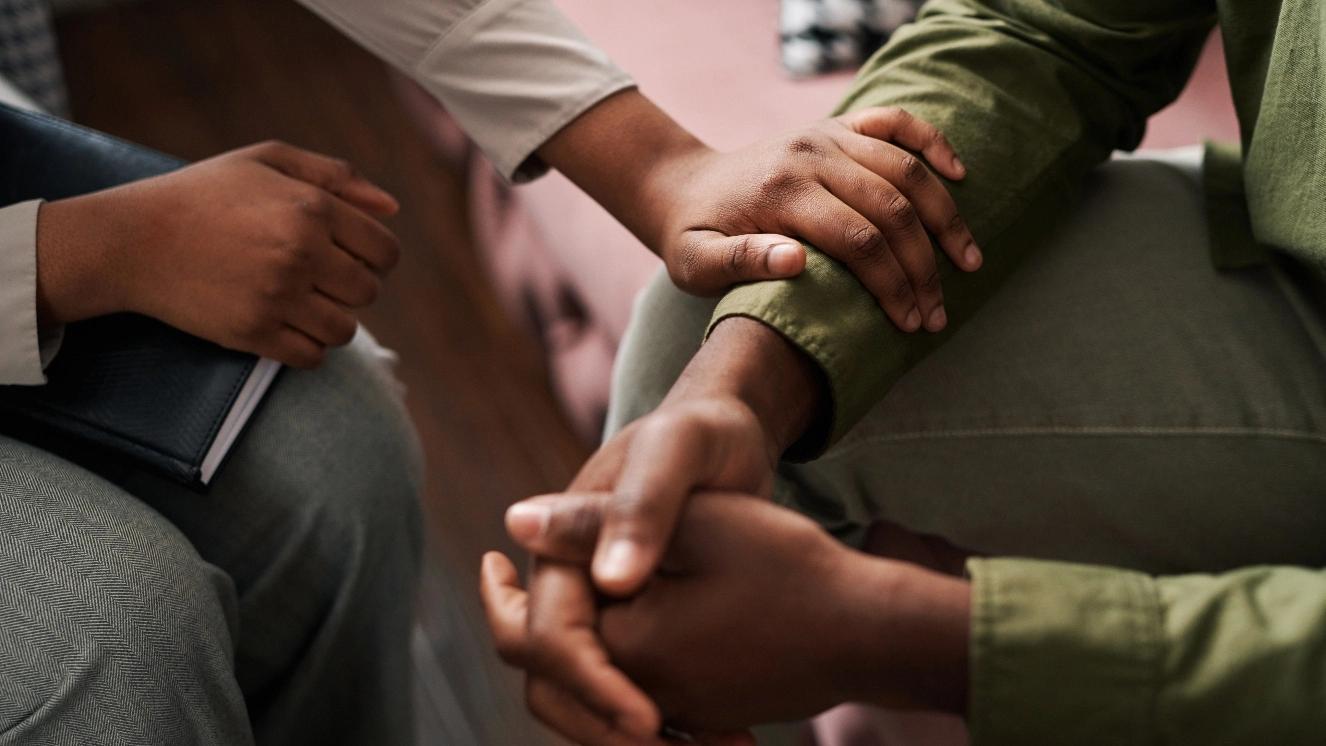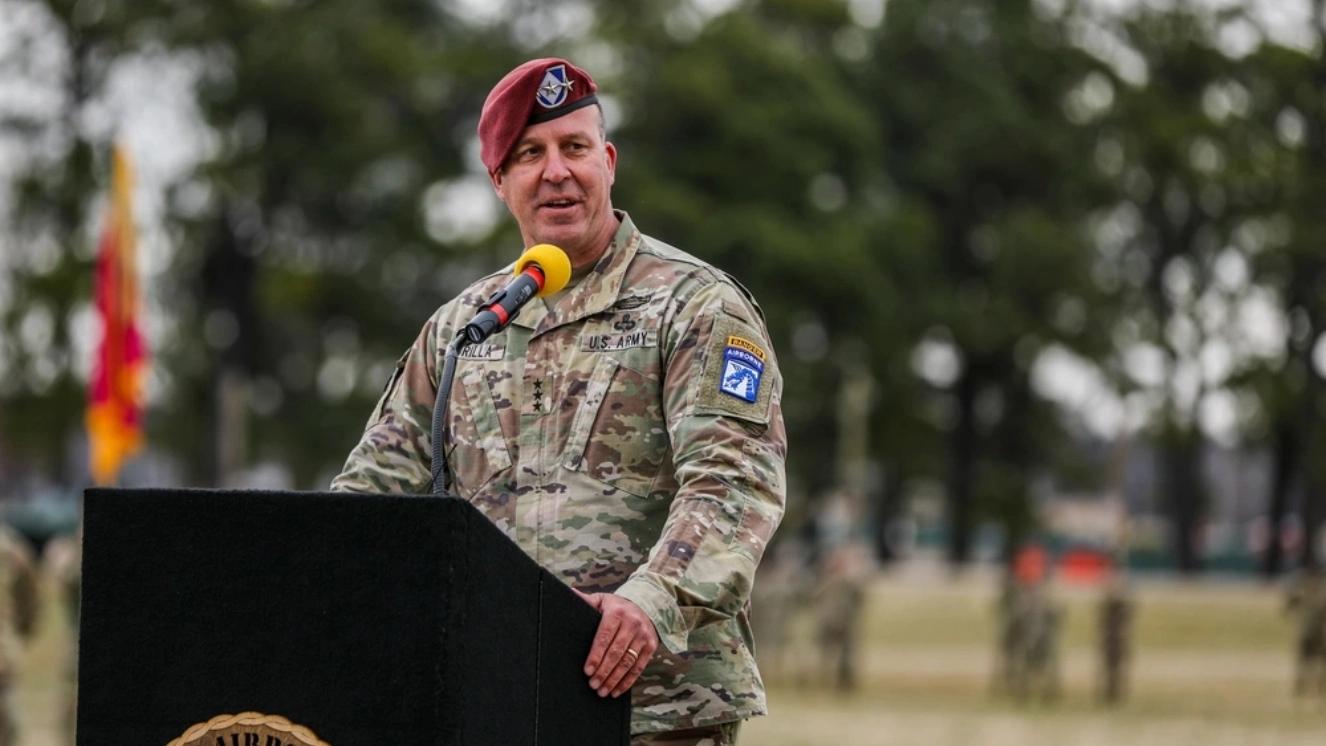PTSD AWARENESS: HOW TO BREAK THROUGH THE SILENCE & STIGMA

By: Anna Larson, military spouse advocate & ambassador at SpouseLink.Post-Traumatic Stress Disorder (PTSD) is one topic that military families don’t talk about very often but is a devastating challenge for servicemembers, their spouses, and their children. June is National PTSD Awareness Month and the ideal time to speak up, raise awareness, reduce stigmas, and encourage military servicemembers and spouses to seek support. While PTSD can impact anyone, it’s more common among veterans, as seven out of every 100 veterans will have PTSD at some point.Related: PTSD Awareness Month Highlights Shocking 75% Veteran PTSD Rate
Knowing the Signs & Learning to Talk about PTSD
Those closest to a servicemember are often the first to recognize distinct changes in behavior that would indicate PTSD. I encourage those in the military community to research and understand the wide range of mental health symptoms associated with PTSD, as it manifests differently for everyone. For some, they become angry and confrontational. Others will have the exact opposite reaction and withdraw or isolate from friends, family, and social gatherings. Most often the behaviors are atypical or become exaggerated such as excessive drinking, fighting, talking less, or crying more. As I support military families through the transition period, I watch spouses and family members stay silent when they notice these atypical behaviors. I saw changes in my spouse the year after his first deployment. Instead of talking about it, we ignored it. Looking back, I know now that it was easier to sweep it under the rug because there were so many other challenges of military life we were dealing with — deployment, reintegration, a new baby, and a PCS move. It all felt more pressing than that first conversation. And, just like servicemembers, military spouses fear stigmas that can mark them as “difficult” or “overreacting” instead of being seen as supportive and resilient. If you observe these behaviors I encourage you to speak up and acknowledge them. That single action may be the first step to getting help and support for unresolved issues in your loved ones.Unfortunately, very few servicemembers that suffer from the complexities of PTSD are willing to speak openly about it. Their hesitance should not be surprising. PTSD is a response to traumatic experiences. Like many others who experience trauma, a servicemembers wants to keep uncomfortable thoughts and feelings compartmentalized or tucked away. They don’t want to address or even recognize that these events have had a significant impact on their mental and physical well-being. But PTSD doesn’t just go away. At some point, those intense feelings and thoughts show up as flashbacks, nightmares, feelings of extreme fear, anger, sadness, or detachment from friends, family, and colleagues. Suggested read: Why PTSD Awareness Day Is So Important for CaregiversIt is rare for an active duty service member to feel comfortable seeking support. While the military culture is slowly changing, you’ll hear the “reality of seeking help” talked about, whispered about, and laughed about. There is still the crippling fear of being judged, deemed unfit for duty, unable to hold a clearance, repercussions for advancement in rank, and isolation from others. Service members want to be known as strong and resilient, not “broken” or dealing with hidden wounds that significantly impact their moods and behaviors. But someone with PTSD is not “broken.” The only way to shatter these unhealthy stereotypes and stigmas is to provide spaces for service members to share openly without fear of repercussions.
Transitioning and the “Deadly Gap”
Transitioning from active-duty military into civilian life is stressful for the entire family. Often PTSD manifests itself during the transition period; pay close attention to behaviors during the final year of transition and the first six to twelve months following: a time period that’s referred to as the “deadly gap.” The “deadly gap,” is where many service members struggle with the extreme change in daily routines and responsibilities from military life to civilian life. This is a potentially dangerous point where suicidal thoughts, ideation, or actions can occur. While the “deadly gap” is associated with Veteran suicide most frequently, it's important to know that this is a critical time for every member of a transitioning family. The feelings and emotions that arise from the transition can be overwhelming and appear insurmountable. For service members who also have PTSD, this is a time they are required to document, think about, and discuss traumatic experiences they’ve had to get a disability rating, or access to medical or mental health services. This often means acknowledging thoughts and feelings of stress, anxiety, and depression, and reflecting on profound moments from serving in the military – good or bad. Related: How You Can Combat Discrimination Against Veterans With PTSDNotably, during transition or retirement, military spouses and children are also extremely susceptible to depression, anxiety, and sadness from transition. The entire military family is going through a loss of lifestyle, identity, and community, and entering the unknown. Seeking help during this time for all members of the family is an important step to staying mentally well.
Maximizing PTSD Resources and Communities
If you are struggling with PTSD, please know you are not alone and there are many professional resources available for service members and Veterans. For instance, The Expiration Term of Service (ETS) Sponsorship Program, is a nonprofit that supports those transitioning from military to civilian life. The ETS Sponsorship Program is available in communities nationwide and actively partners with the Veterans Administration (VA) and the Department of Defense (DoD). The program partners service members with sponsors to provide resources and relationships to help every service member successfully make the transition out of the military and into their next chapter of life.The United States Department of Veterans Affairs also has a National Center for PTSD. Active duty service members and Veterans can utilize this public resource created for, and dedicated to, the military and Veteran community. It includes simple and easy methods for PTSD screening, finding care providers, and a platform to hear others’ stories. Additional resources worth checking out aside from the Veterans Administration National Center for PTSD include the Disabled Veterans National Foundation and the Wounded Warrior Project.
Breaking Mental Health Stigmas and Empowering Change
It’s just as important for military spouses and family members to find support, too. The Pillar Foundation works to support Naval Special Warfare spouses throughout all of the ups and downs of the transition period. Similarly, The Veteran’s Spouse Project empowers active duty and Veteran spouses to share their unique experiences through writing projects, art, and creative outlets. They believe that every military spouse has a story worth sharing. Even if you aren’t ready to actively talk about your challenges, participating in groups to listen to others who’ve been there can be just as effective. Organizations like The Veteran Spouse Network offer safe spaces to learn more about navigating important topics and conversations. No one deserves to suffer in silence or feel alone. As a military community, we must stand together to create a more supportive environment where service members feel empowered to access resources early. Whether it’s confiding in an organization, professional counseling, or a loved one, having someone to talk to can make all the difference. If you or someone you love is a veteran facing a mental health crisis, call the Veterans Crisis Line today by dialing 988 and then pressing 1.Read next: Shell Shock Laid the Foundation for Modern PTSD Treatment



